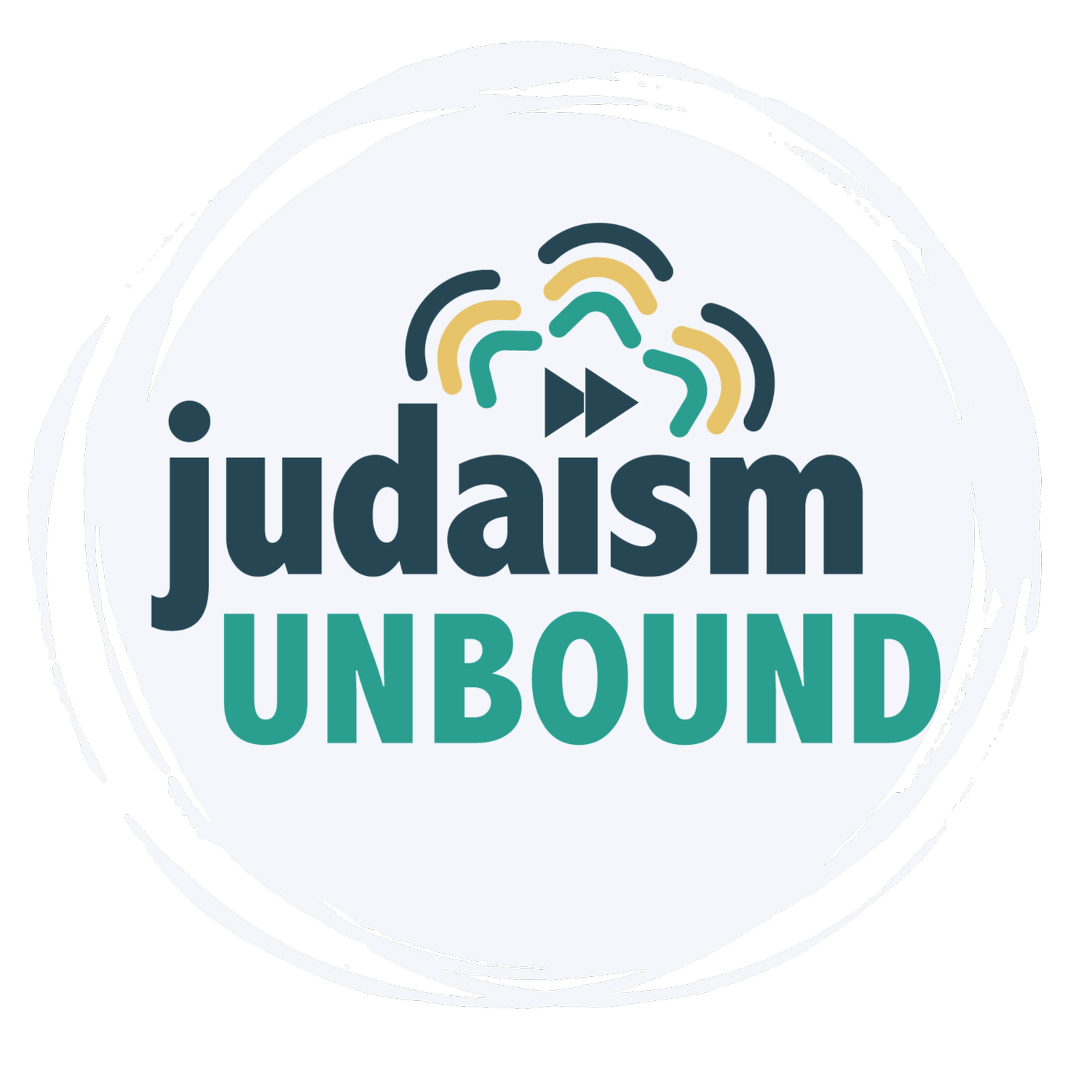Ruth Calderon: Judaism Unbound Episode 202 - The Texts are Dancing
Ruth Calderon, a former member of Israel’s parliament and the founder of two organizations (Elul and Alma: Home for Hebrew Culture) blending traditional Jewish study with contemporary Jewish culture, [1] joins Dan and Lex for a conversation about how to blend traditional Jewish sources with a radical spirit of contemporary creativity.
Image Credit: Ruth Calderon
(0:01 - 17:08): To begin the episode, Calderon tells the story behind her innovative pairing of secular Israelis with traditional Jewish texts, which led to the founding of the organizations Elul and Alma. She discusses the idea of “barefoot reading,” in which learners dive into Jewish texts without any commentators or interpretations, which allow for individuals to freely arrive at their own understandings. Calderon also names the intimate nature of Jewish learning, discussing how it is a collaborative and deeply intimate process. She contrasts the partnership of Jewish learning with contemporary society’s emphasis on privacy. She explores why it is important not only to look at the Talmud (and other Jewish texts) on its own terms, and in its own context (though that is important!), but also through the lens of our own lives today.
(17:09 - 33:28): Dan asks Calderon about the “partnership between the past and the future” that manifests in Jewish learning. Calderon responds by looking at some of the early Israelis who sought to blend centuries of Jewish tradition and culture with contemporary life. [2] She also brings up two different ways of learning — “Sinai” and “mountain uprooters,” which respectively refer to the retention of information and the creation of new ideas. [3] Calderon explores the ability that many artists have, in learning Jewish texts, to almost immediately shape those texts into new kinds of stories, [4] citing a screenwriter that learned with her organization as one prominent example of that process. [5] Turning to the political realm, she asks what might happen if more Israeli members of parliament “marinated” in Jewish texts. [6]
(33:29 - 48:29): Lex asks Calderon about the differences and similarities between Israeli and American contexts for Jewish learning. She emphasizes the ways in which the public space of American culture is both religious and, often, Christian. Continuing on that thread, she argues that Jewish institutions in the United States, as part of a culture that is on the whole more religious, often themselves mirror and re-create that religiosity, even when they are not Orthodox. Calderon discusses the ways in which Jewish text can serve as an “encyclopedia of human life,” causing her to consider and re-consider elements of everyday existence that she would otherwise be unlikely to investigate in a meaningful manner. Fleshing that out, she talks about how learning Jewish texts about death can serve a healing role for those in mourning. To close the episode, Calderon calls on people in any and all locations to form their own Jewish study groups and for artists especially to learn and apply Torah to the world.
[1] Learn more about Ruth Calderon by clicking here. Check out Alma: Home for Hebrew Culture by visiting www.Alma.org.il. Watch, in full, a recent event featuring Calderon and Dan at the Oshman Family JCC, by clicking here.
[2] In particular, Calderon cites the haskalah (often translated as “Jewish enlightenment”), which you can learn more about here. Learn more about a few thinkers she cites as her teachers by clicking any of the following links: Hayim Nahman Bialik, Ahad Ha’am, Yosef Haim Brenner, Shaul Tchernichovsky
[3] Here, Calderon is drawing on a Talmudic text (Horayot 14a-b), which you can learn more about by clicking here.
[4] Calderon also calls on contemporary Jewish artists. Learn more about two the she specifically names by clicking these links: Yoni Rechter, Tzibi Geva
[5] Check out an article about Matir Agunot, the show that Calderon references, written by Yossi Madmoni, here. Purchase her book, A Bride for One Night, which tells a story Madmoni utilized in his show, by clicking here.
[6] Calderon made headlines when, in her first speech in the K’nesset (Israeli parliament), she drew heavily on the Talmud, and connected its teachings to secular Israeli life. Watch the full speech, with English subtitles, by clicking here.








